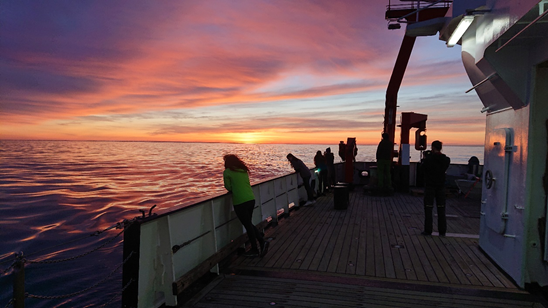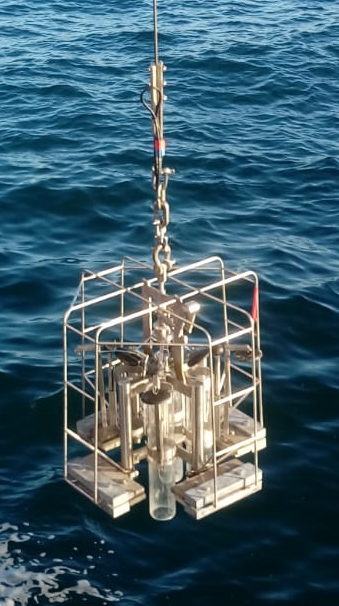Here we are again, travelling on board of RV Alkor around Europe and hunting microplastics. You all must have seen the litter that floats around in our environment: plastic bags, water bottles, and much more. If you spot those items, it could be your good deed oft he day to pick them up und dispose them properly. But if this does not happen in time, plastic will start to disintegrate and to decompose into small pieces. And small pieces will become tiny pieces. And those tiny pieces with sizes less than 5 mm are what we call microplastics. A lot of microplastics is even smaller than 1 millimeter. And it does not only originate from decomposing big objects, but many microplastic particles are already small when they enter the environment: ingredients of cosmetics products or abrasion of car tires are examples of polymer pollutants that never have the right size to be picked up by members of a beach cleaning party. Our task in the HOTMIC project is to find those tiny particles in sediments. In other words: to find plastic particles that are often too small to see them with the naked eye and that hide between similarly sized sand grains or an abundance of fine clay particles. It is like playing hide and seek with almost invisible creatures and millions of places to hide.
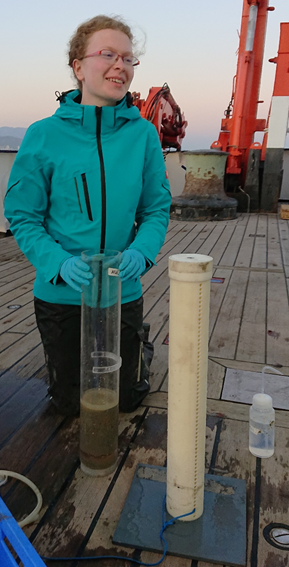
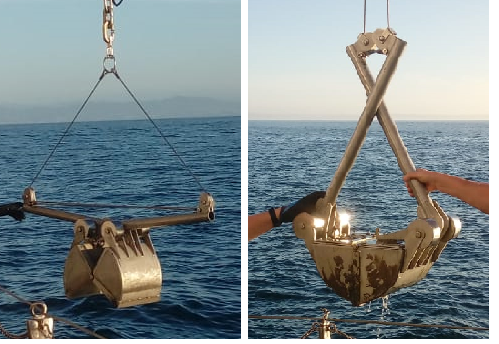
After recovering the sediment slices, there is not much more we can do on board. We need to get back to our labs to elicit the plastics. Hence, our sediment is carefully stored in plastic-free containers like glass jars or aluminum cups and awaits further treatment on shore.
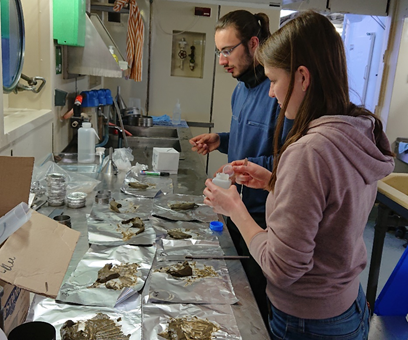
Back in our home bases, we will prepare a salt solution that has a density which is in between the density of the sediment particles and the density of the polymer particles. If everything is well behaved, the plastic will be driven out of its hiding places and float on top of the solution while the sediment sinks to the bottom. Now we have a chance to collect, count and measure the particles and to determine the type of polymer that they are made of. But these are tasks for the future. The next days we will continue to collect, slice and pack sediments from different locations and, after work is finished, to enjoy the tremendous sunsets at sea.
